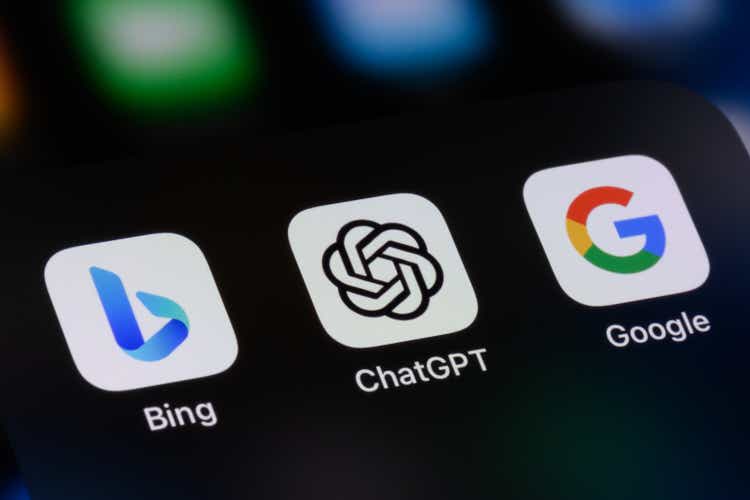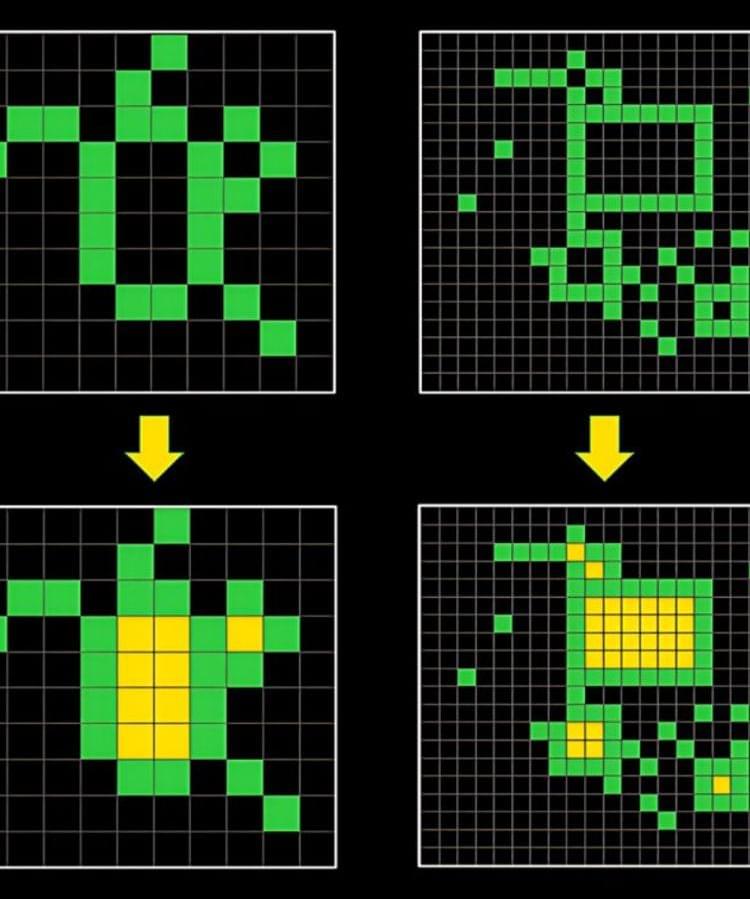Researchers at the Qingdao Institute of Bioenergy and Bioprocess Technology (QIBEBT) of the Chinese Academy of Sciences, along with collaborators from leading international institutions, have introduced an innovative cathode homogenization strategy for all-solid-state lithium batteries (ASLBs).
This new approach, detailed in their recent publication in Nature Energy on July 31, significantly improves the life cycle and energy density of ASLBs, representing an important advancement in energy storage technology.
Current ASLBs face challenges due to heterogeneous composite cathodes, which require electrochemically inactive additives to enhance conduction. These additives, while necessary, reduce the batteries’ energy density and cycle life due to their incompatibility with the layered oxide cathodes, which undergo substantial volume changes during operation.







